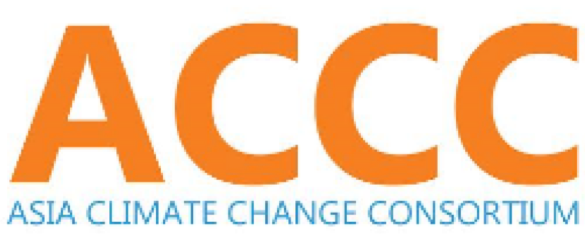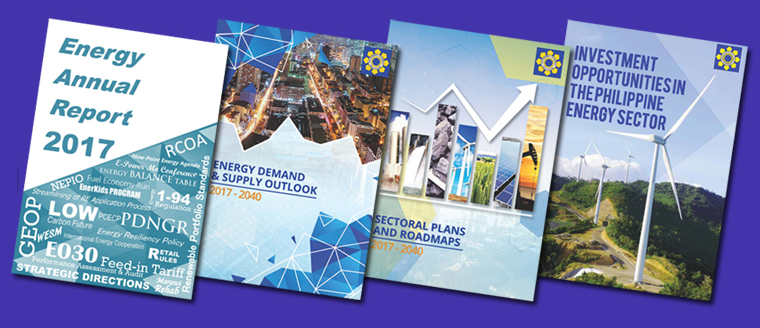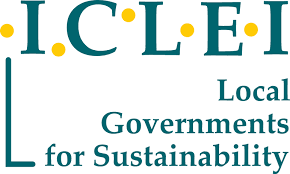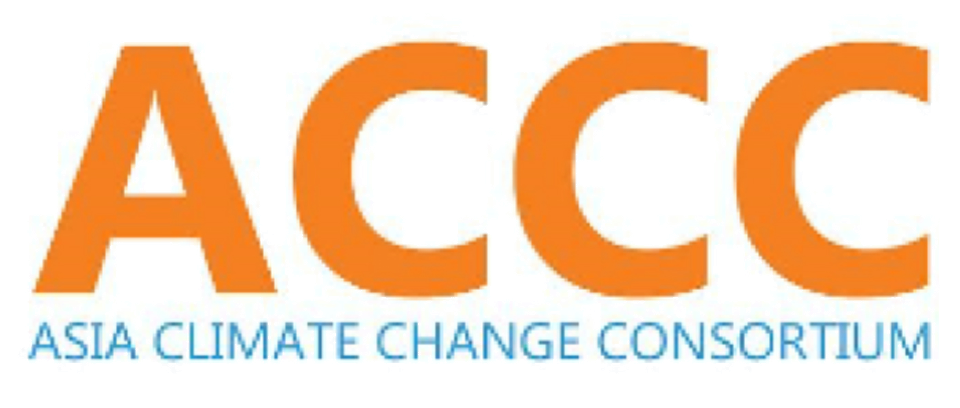by John Leo Algo, Living Laudato Si Philippines Program Manager
ENERGY security and resilience has never been more urgent for the Philippines to address. The Covid-19 pandemic has exposed significant weaknesses in the current landscape of the country’s power sector, including failures in delivering electricity to residential areas despite the drop in overall energy demand and gaps in enforcing existing policies on developing renewable energy (RE) sources.
The Philippine Energy Plan (PEP) must reflect the necessary changes to be made not only for the security of the energy sector, but also for inclusive, sustainable development that would benefit the Filipino people.
Diversification of energy sources, long-term system flexibility, and compliance with international and national policies are among the most important factors to consider when developing the blueprint for the Philippines’s energy narrative.
However, its current version, which is planned for 2018-2040, potentially locks the Philippines into a future marked with dirty, unsafe energy that would cost the country significant economic and social losses and negate development gains resulting from such investment.
No to coal and nuclear
Coal is positioned to remain a dominant presence in the Philippine energy sector. Despite global trends favoring RE growth, the role of coal in causing the climate crisis, and the directive of President Rodrigo Duterte during his 2019 State of the Nation Address to fast-track RE development, 10 coal projects are currently positioned as projects of national significance.
Allowing any new coal-fired power plants to enter the grid would place the country’s future even more dependent on technology that contributes to worsening the climate crisis, to which the Philippines is one of the most vulnerable countries. It also lowers grid flexibility that would be adversely affected by volatile market prices, especially as 84 percent of coal is imported. Consumers would have to deal with even higher electricity costs in a country already with the second most expensive electricity in Asia.
It is imperative for the country’s pathway to sustainable development that no new coal plants should be built and existing ones must be phased out. Shifting away from coal opens opportunities for developing alternative energy sources and strengthens the Philippines’s energy security against future shocks to relevant systems.
Contrary to planned government endeavors as stated in the PEP, nuclear energy should not be pursued as another energy source. Pushing through with this program would only make the Philippines even more dependent on imported fuels and debts, similar to coal. Within the PEP itself is a recognition that nuclear energy development is capital-intensive and may face delays throughout the process, which the Philippines cannot afford. The associated security risks and ecological footprint of nuclear power, from mining an transporting the fuel source to disposing toxic waste, also add to the tremendous costs that are brought by this program.
The financial and technical resources that are intended for exploring nuclear power or expanding coal operations should instead be allocated towards developing RE, which have lower ecological footprints and are safer compared to either energy source.
With the least cost
Favoring coal as a dominant energy source in the Philippines is based on the Department of Energy ‘s “technology neutral” policy which states that the criterion of “least cost” must be satisfied in managing the country’s power generation mix. However, the current notion of “least cost” in approving power supply agreements does not include externalities, especially the social cost of pollution from local air pollutants and GHG emissions.
Moving forward, redefining “least cost” to account for these externalities is key to initiating the necessary urgent yet just transition to RE. The declining costs of RE, especially solar and wind, must be taken into consideration during this transition. Existing subsidies for coal that have allowed for said fossil fuel to remain dominant should be phased out, while taxes that reflect the marginal damage costs of pollution should be imposed on and shouldered by coal power producers. This would not only allow more investments in the development of the RE sector, but also reduce our reliance on coal importations and reduce electricity costs for consumers.
The roadmap to realizing 20000 MW of RE capacity by 2040, as stated under the PEP, will involve accelerating renewables positioning, creating a more conducive business environment for its development, building reliable and efficient infrastructures, and promoting research, design, and development agenda.
That said, it is important that the implementation of these solutions should not lead to harm and suffering of the poorest and marginalized sectors and communities in the Philippines, especially those who reside near sites of proposed facilities. The PEP must emphasize in greater detail how a just transition to a national energy mix with a higher portion of RE will be achieved. The representation of civil society organizations, health institutions, communities, and other non-government stakeholders must be ensured in all applicable energy-related decision-making processes within the programs included in the PEP.#
***
This piece was originally posted on www.sunstar.com.ph.





 c/o Rice Watch Action Network
c/o Rice Watch Action Network